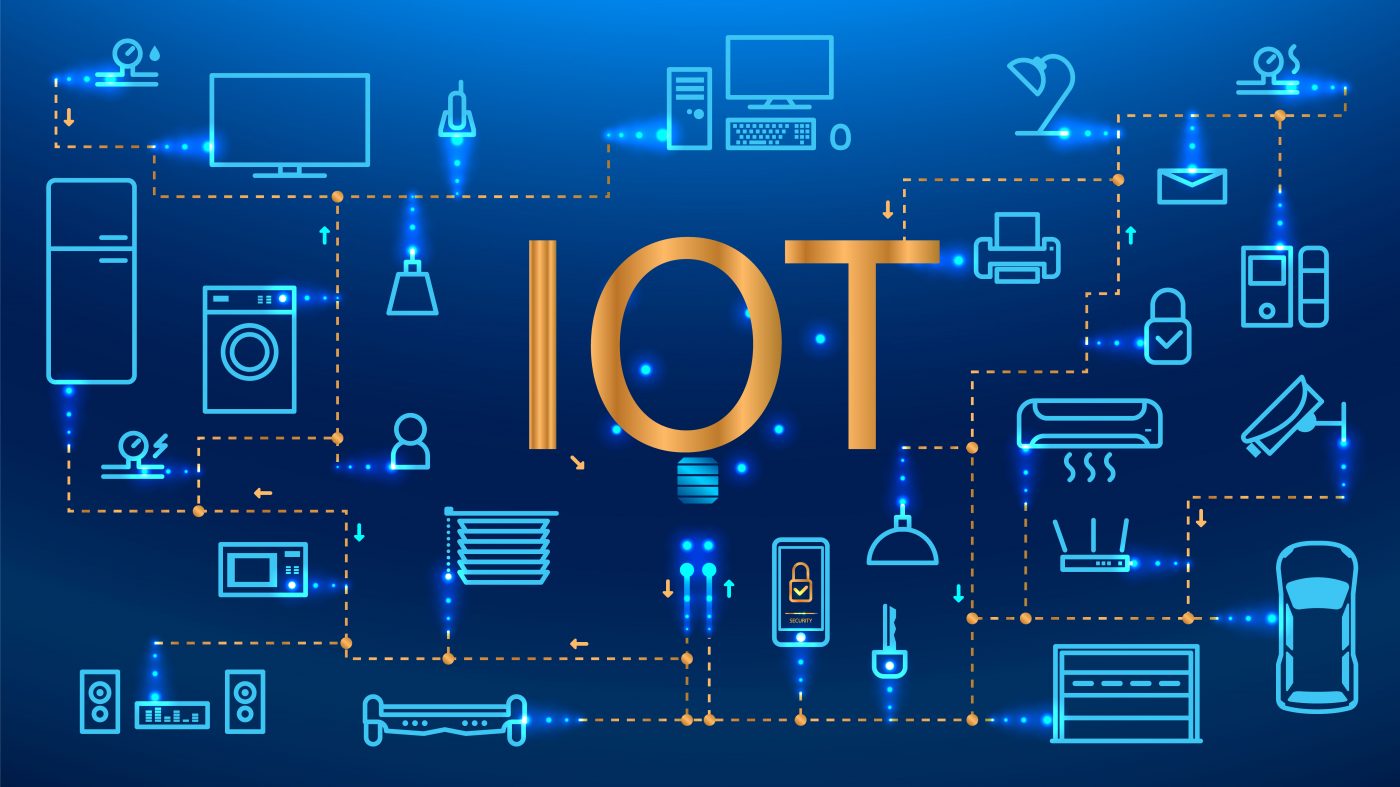Innovation continues to be the main force driving our growing economy forward. As new and unique technologies appear across diverse industries, the ramifications of technological advancement are more clear than ever before.
One technology that’s becoming especially common, and has the potential to revolutionize the industry, is IoT (Internet of Things) technology in the food processing industry. In this post, we will take a quick look at this technology, and how it may change the way food processing companies do business.
IoT In The Food Processing Space
The Internet of Things is essentially just one vast network, where almost any device can be connected to the internet – and other devices – using a combination of sensors and wireless technology.
This allows us to monitor and respond to environmental conditions more effectively. For example, a connected refrigerator could allow you to quickly create shopping lists by monitoring your current groceries and their expiration dates.
Consumer IoT – such as the technology just mentioned – has been slower to gain speed in the market. But the real area of advancement is within the Industrial IoT (IIot), where the low cost and high reliability of IoT sensors make them incredibly valuable.
In fact, an analysis by the McKinsey Global Institute estimates that factories will benefit the most from the Internet of Things by 2025 – realizing between 1.2 to 3.7 trillion dollars in value via IoT. This is largely thanks to IoT helping in operations management and predictive maintenance.

Four Areas Where IoT Is Already Having An Impact
IoT is already having a major impact on the food processing industry. Let’s take a look at 4 key areas where this technology is being used.
1) Logistics – IoT is extremely powerful for logistics. Many food companies are already using remote sensors for tasks such as real-time inventory tracking, monitoring system performance to ensure preventive maintenance can be performed in a timely fashion, and monitoring plant conditions to ensure safety for workers and for prepared food items.
2) Food safety – IoT temperature monitoring is an extremely powerful tool for food safety. Because IoT sensors are cheap, accurate, and reliable, it’s easier than ever to accurately track the temperatures to which foods are exposed, during every step of food processing. From initial production to supply chain management and distribution, food processors can ensure that their products are always handled correctly – and identify foods which may potentially be harmful.
3) Remote monitoring – Remote monitoring is now easier than ever. Factory and facility performance can now be tracked not just at every individual facility, but from a central office. This also allows the performance of each individual food prep facility to be logged, tracked, and compared – providing valuable insights on how improvements can be made.
4) Condition-based maintenance – Using a data-driven approach, condition-based maintenance is easier than ever before. IoT sensors can allow food prep facilities to track the condition of pieces of equipment closely, and perform maintenance tasks only when they are expressly necessary – reducing downtime and lost profits.
TGW International – Here To Help You Adapt To The Future.
Regardless of how technology changes food processing, one thing is for certain – you will always need high-quality machine knives to drive your processes, and reduce issues – such as downtime and maintenance – that IoT/automation technologies are trying to solve.
TGW International is an innovator in the space of machine knives, and we always succeed in delivering the highest quality machine knives, using our knowledge of material hardness and manufacturing best practices to ensure you have the best parts in performing your machine maintenance. Contact us today to learn more.


